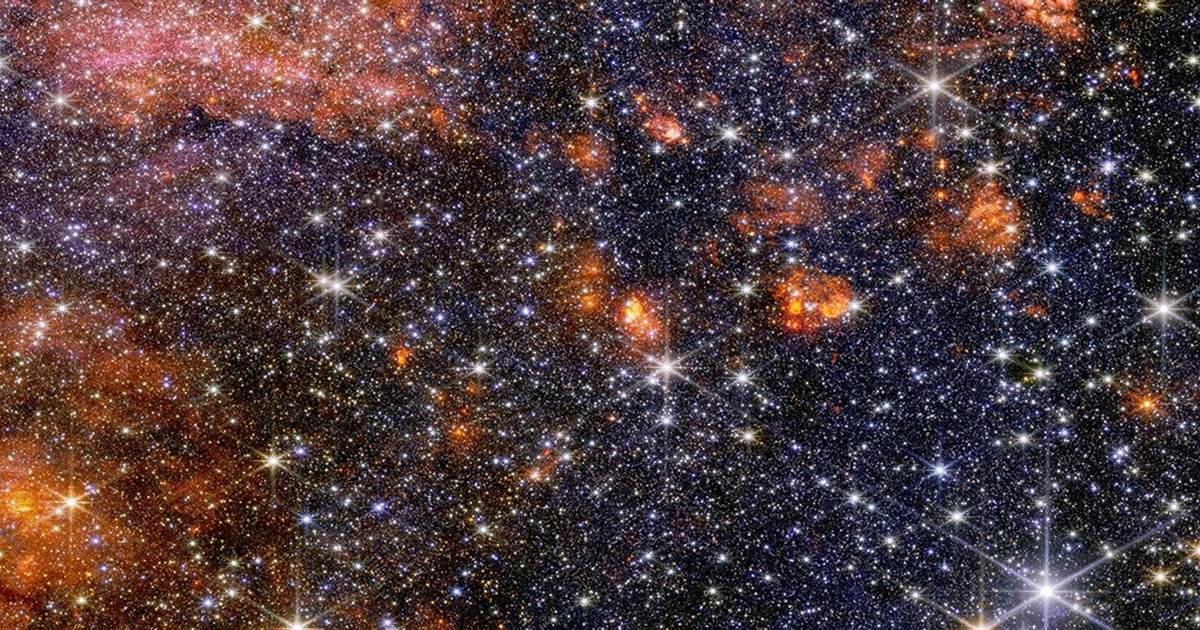NASA has revealed the most detailed images yet taken of comet 3I/ATLAS, the interstellar visitor that is currently barreling its way through our solar system.
The images, taken by NASA’s Hubble Space Telescope, have enabled astronomers to more accurately estimate the space object’s size — and it looks like it’s smaller than we thought, NASA said in a statement.
3I/ATLAS was first discovered on July 1, and the next day it was confirmed by NASA to have originated from outside of our solar system. The extrasolar entity is hurtling toward the inner solar system at speeds of more than 130,000 mph (210,000 km/h) and is expected to reach its closest point to the sun in late October. (The object poses no threat to us, and will be on the far side of the sun during its close approach).
It is only the third such interstellar object to have been detected in our solar system, and astronomers are still scratching their heads as to where it came from and what it is made of.
“No one knows where the comet came from,” David Jewitt, an astronomer at UCLA and science team leader for the Hubble observations, said in the statement. “It’s like glimpsing a rifle bullet for a thousandth of a second. You can’t project that back with any accuracy to figure out where it started on its path.”
At the end of July, the newly operational Vera C. Rubin Observatory estimated that the alien comet was roughly 7 miles (11.2 kilometers) wide across its icy nucleus. Now, Hubble’s images have suggested that the nucleus is probably closer to a maximum of 3.5 miles (5.6 km) across, which would still make it the largest interstellar object ever spotted. On the low end, NASA estimates the comet to be no smaller than 1,000 feet (320 meters) across — but planned observations with the James Webb Space Telescope and other NASA observatories will further hone these numbers as the comet gets closer over the coming months.
The two other known interstellar objects that have blown through our solar system are 1I/’Oumuamua, which was discovered in 2017, and 2I/Borisov, which was spotted in 2019. ‘Oumuamua, an asteroid, is believed to have been around 0.2 miles (0.4 km) wide), while Comet Borisov has a nucleus measuring roughly 0.6 miles (1 km) wide — making both significantly smaller than the upper estimates for 3I/ATLAS.
Researchers hope that by studying these alien objects we can learn more about distant star systems and the characteristics of the exoplanets that orbit within them.
“Each one of these ISOs [interstellar objects] is a little piece of low-hanging fruit from a tree that can tell us a great deal about the trees growing in some other neighborhood,” Wes Fraser, an astronomer with National Research Council Canada, previously told Live Science.
Source link


